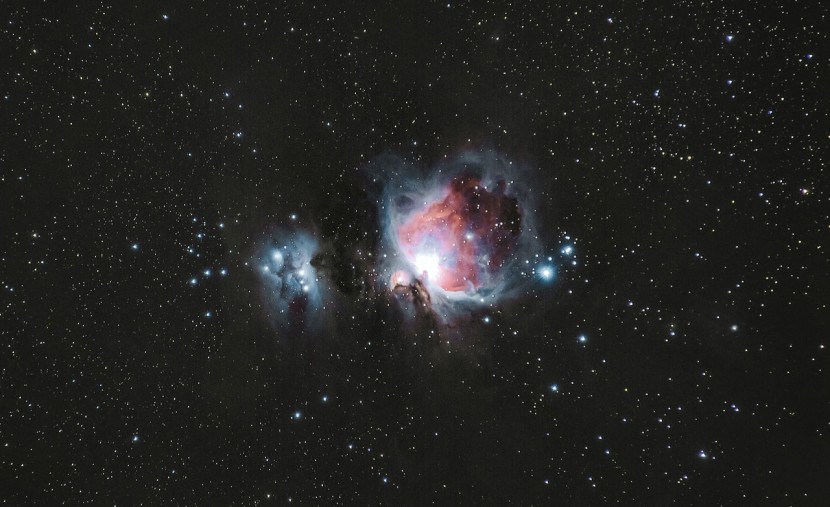
Thousands of exoplanets hiding within the faraway cosmos have been found by astronomers but they fail to know much of their origins. A dramatic image in now offering a rare glance of one of the universe's most mysterious processes: the birth of a new planet.
With the Very Large Telescope of the European Southern Observatory, a glowing orange spiral with a twist which marks the spot where a planet may be emerging has been caught by the researchers. On Wednesday, a study has been published in the Astronomy & Astrophysics journal noted that what has been witnessed would be the first immediate evidence of a forming planet.
Anthony Boccaletti, lead author of the Observatoire de Paris at PSL University in France, stated in a press release that there are thousands of spotted exoplanets but only a few of how they are formed are known.
Boccaletti uttered that in order to capture the moments of planet formation, very young systems must first be observed.
As observed by astronomers the baby planet forms a dust spiral and gas around the juvenile star known as AB Aurigae, which is 520 light-years away from Earth in the Auriga constellation. Based on what scientists know planets usually form over a billion years as dust and cold gas collide with each other around stars, but crucial information is provided by the new observations to create a clearer picture of the process.
For years, researchers used Atacama Large Millimeter/submillimeter Array (ALMA) in Chile in studying the star system. But they have failed to capture this process' clear images to discover the important "twist" that signifies the new planet's birth.
Read also: Parallel Universe? NASA Scientists Found Evidence That May Prove a Realm That Runs in Reverse Exists
The system's deepest images manifest extraordinary swirls around AB Aurigae, which signals the existence of a baby planet, described by Emmanuel Di Folco, co-author of the Astrophysics Laboratory of Bordeaux (LAB) in France as swirling, kicking, and twisting that create interference in the form of a wave in the disc, just like boat's wake on a lake as stated, were taken with the use of SPHERE instrument on the VLT. As the planet revolves around the central star, it creates a spiral.
Based on the forecasted images, the team gives credence to the idea that the planet forms in the very bright yellow "twist" region near the image's center, which is positioned at about the same distance from its star as Neptune is from the sun.
Anne Dutrey, a co-author at LAB, said the twist is anticipated from a number of theoretical models of planet formation. She added that it complements to the connection of two spirals- one winding inwards of the orbit of the planet, and the other expanding outwards- which join at the planet position, gas and dust are allowed from the disc to build up the forming of the planet and make it grow.
After the ESO'S Extremely Large Telescope, which will become the world's biggest eye on the sky in 2025, is completed, astronomers anticipate having a clearer image of the growing planet.
Related article: Scientists Might Have Witnessed the Birth of a New Planet for the First Time
© 2026 HNGN, All rights reserved. Do not reproduce without permission.








